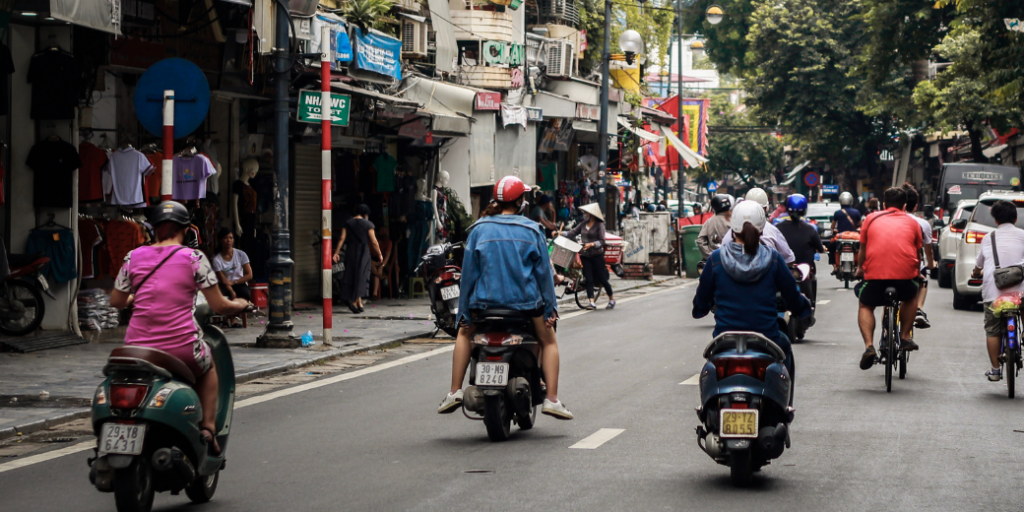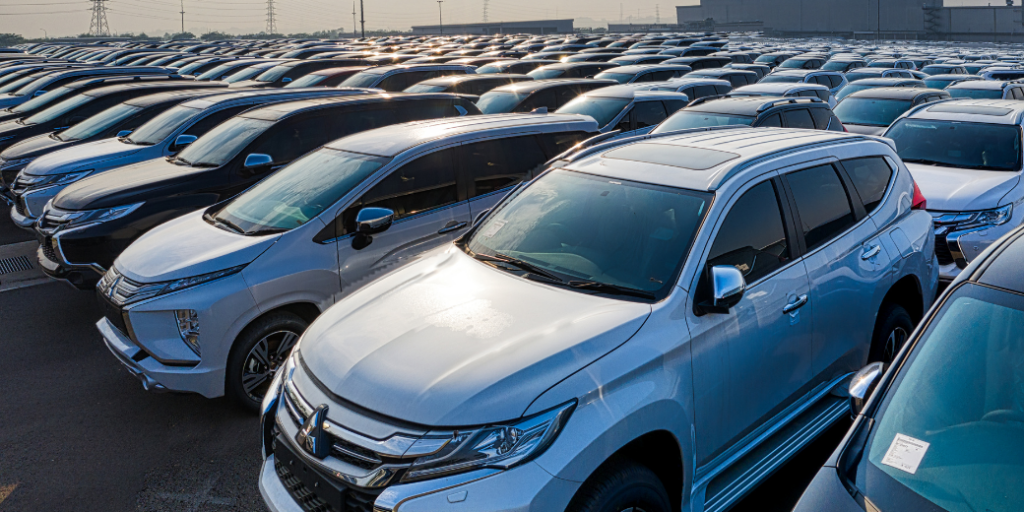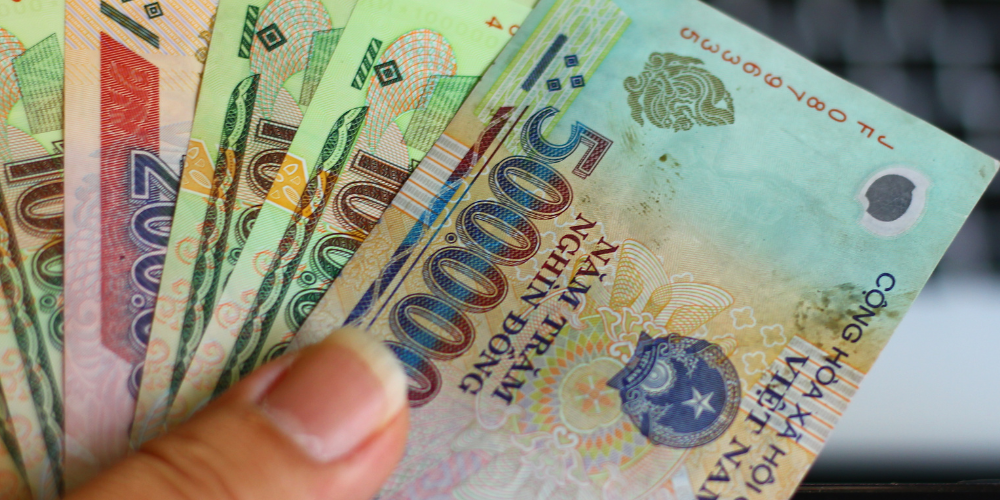Industry Reports
Growth, Gaps, and Grit: The Rise of Used Cars Across ASEAN
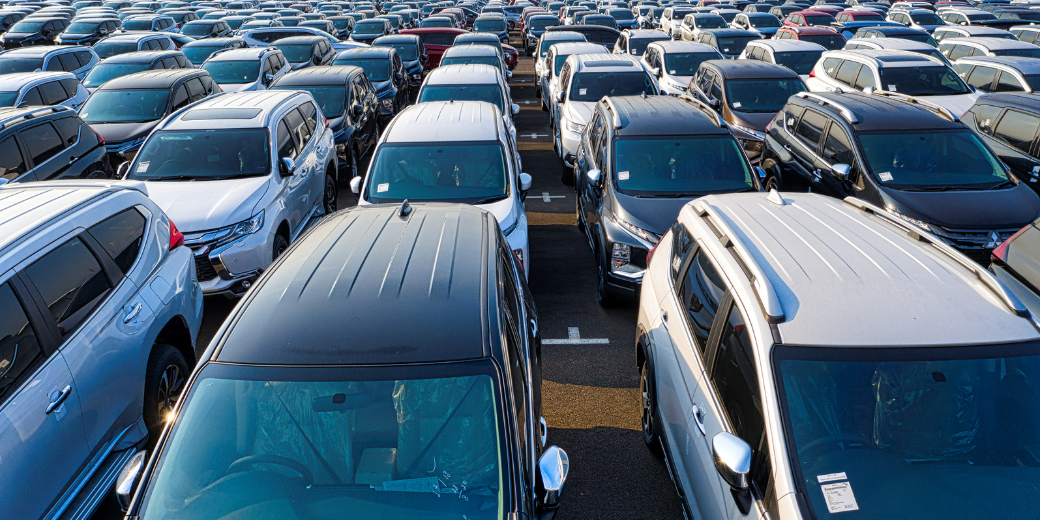
Diverse Growth Trajectories Define the Regional Market
| The Region Expects Steady Overall Market Growth to 2030
Projections indicate a robust future for the Southeast Asian used vehicle market, which is expected to expand at a CAGR of approximately 7% between 2025 and 2030. This steady upward trend signals strong underlying demand across the region. However, this aggregate figure conceals a spectrum of individual market performances, with national growth rates ranging from a modest 5% to a remarkable 17%.
| Vietnam Leads Growth Despite High Vehicle Prices
Vietnam is set to experience the most rapid expansion in the region, with a projected CAGR of 17%. This growth is particularly noteworthy given that Vietnam has one of the most expensive used vehicle markets in ASEAN, where a pre-owned car can cost as much as 81% of a new vehicle’s price. This high cost is a direct result of significant taxes and fees, including import duties and special consumption taxes. The primary driver of demand is the country’s underdeveloped public transport infrastructure, which makes personal vehicles a necessity for daily mobility rather than a luxury.
| Singapore’s Market Is Tempered by Advanced Public Transit
In stark contrast to Vietnam, Singapore’s used vehicle market is forecast to grow at a more subdued rate of 5%. The key factor limiting demand is the nation’s world-class public transportation system, which is preferred by a large segment of the population and reduces the need for private vehicle ownership. Although stringent regulations make vehicle ownership in Singapore the most expensive in Southeast Asia, the efficiency and accessibility of public transit effectively temper growth in the used car segment.
Sources: Mordor Intelligence, Saigoneer | World Economic Forum ‒ The Global Competitiveness Report 2019
Fundamental Drivers Fuelling Market Expansion
| A Rising Middle Class Is Prioritising Affordable Mobility
Across most Southeast Asian nations, a burgeoning middle-income class is a primary engine of growth for the used vehicle sector. For many in this demographic, particularly first-time car owners and budget-conscious consumers, affordability is the main priority when considering a vehicle purchase. Used vehicles present an appealing and accessible entry point into car ownership, offering a wide variety of models at lower price points compared to new cars. This alignment with consumer priorities sustains strong demand and underpins the market’s expansion.
| Inadequate Public Transport Sustains Demand for Private Cars
With the notable exception of Singapore, a widespread preference for private vehicles persists across key ASEAN markets. This preference is largely driven by the reality of underdeveloped public transportation infrastructure in many areas, especially outside of major urban centres. The limited availability of reliable and efficient public transit options reinforces the appeal of private car ownership as a more convenient and flexible mode of transport. This reliance on personal vehicles for daily mobility, as seen in countries like Vietnam, directly fuels demand in the used vehicle market.
| Cost-Effectiveness Makes Used Vehicles an Attractive Option
The financial advantages of purchasing a pre-owned vehicle are a significant draw for consumers. Used vehicles are typically 20-50% cheaper than their new counterparts, making them immediately more accessible to a broader range of buyers. Furthermore, they offer better value retention, as the steepest period of depreciation has already been absorbed by the original owner. Ownership is also made more affordable through lower recurring costs, as insurance premiums for used cars are generally less expensive than for new models, reducing monthly expenses.
| The Ride-Hailing Sector Creates New Demand for Used Fleets
The rapid growth of ride-hailing services has emerged as a significant driver of demand for used cars. These vehicles serve as an affordable entry point for individuals seeking to work for platforms such as Grab, Gojek, and others. Car dealers, particularly in markets like Singapore, have reported a notable increase in sales to ride-hailing drivers. This trend extends beyond individual purchases, as ride-hailing companies and their drivers frequently engage in bulk acquisitions of used vehicles to build out their fleets, creating a substantial and consistent source of demand.
Source: ASEANStats | Deloitte ‒ Global Automotive Consumer Study | World Bank | Allied Market Research | iMarc | Marketwide Research
Key Challenges Restraining Market Potential
| Market Fragmentation Creates a Persistent Trust Deficit
The used vehicle market in Southeast Asia is highly fragmented, characterised by a large number of small-scale dealerships and private sellers. This fragmentation contributes to a lack of standardisation, regulation, and transparency. For consumers, this environment presents significant risks, including odometer tampering, concealment of accident histories, and a general lack of reliable vehicle condition reports. The resulting deficit in consumer trust remains a significant barrier, compelling buyers to seek out more reliable options such as certified pre-owned (CPO) programmes.
| High Interest Rates Create Financial Hurdles for Buyers
Financing a used vehicle is often more expensive than financing a new one, as lenders apply higher interest rates to account for greater risks associated with depreciation, potential maintenance costs, and uncertain resale values. In markets like Thailand and the Philippines, interest rates for used car loans can be substantially higher than for new cars. These elevated financing costs can limit affordability and deter buyers in lower-income segments who rely on pre-owned vehicles as a budget-friendly option. This poses a significant challenge in countries with already high interest rates for all vehicle types, such as Vietnam and the Philippines.
| Restrictive Regulations Impede the Import and Trade of Vehicles
A variety of national regulations across the region create barriers to the trade of used vehicles. For instance, Indonesia prohibits the import of used cars entirely, while the Philippines can levy import duties as high as 80%. Other countries impose strict conditions; Thailand forbids the import of cars more than five years old, and Singapore applies a three-year age limit along with a SGD 10,000 surcharge on each imported used car. This patchwork of rules complicates cross-border trade, limits the available supply of vehicles, and adds operational complexity for dealers.
Source: Ken Research | Taiwan News | GERPISA | Expert Market Research | Mordor Intelligence | Carsome | Mobee Philippines
Strategic Opportunities for Industry Stakeholders
| Digitalisation Is Expanding Market Access and Efficiency
Digital transformation is a key opportunity for used vehicle dealerships to streamline their operations and expand their reach. Online platforms and digital tools improve inventory management, automate sales tracking, and enhance customer communication. By offering virtual tours and detailed online vehicle information, dealerships can reach a wider audience and improve customer satisfaction. This shift also reduces operational costs by enabling virtual viewings and automating customer interactions. Major platforms are already leveraging advanced technology; CARSOME uses machine learning for pricing optimisation, while CARRO has deployed an AI-driven customer service voicebot and offers contactless purchasing services.
| OEM Certified Programmes Are Rebuilding Consumer Trust
To combat the trust deficit in the fragmented market, Original Equipment Manufacturers (OEMs) are increasingly introducing certified pre-owned (CPO) programmes. These programmes provide buyers with greater confidence through comprehensive inspections, warranties, and after-sales support. For example, Honda’s CPO programme includes a 288-point inspection and a one-year extended warranty , while Nissan offers a 225-point inspection and a 12-month warranty in the Philippines. These initiatives create a competitive advantage for authorised dealerships and boost their credibility. The success of Honda’s HCUC programme in Malaysia, which expanded from six to 32 sales outlets in two years, demonstrates the high demand for trustworthy, certified vehicles.
| Non-Bank Financing Fills a Critical Gap for Buyers and Dealers
The strict lending environment of traditional banks has created a significant opportunity for non-bank financial players to provide tailored solutions. Companies like Carsome Capital are stepping in to service both buyers and dealers who may be underserved by banks. For consumers, these services offer more flexible loan structures, quicker approval times, and are more accommodating to those with non-traditional income sources, like gig economy workers. For dealers, they provide vital working capital, offering financing of up to 80% of a vehicle’s value with competitive rates, enabling small and mid-sized businesses to expand their inventory without requiring significant upfront capital.
Source: ASEANStats | Deloitte ‒ Global Automotive Consumer Study | World Bank | : Carsome | Frontier Enterprise | Business Today | Marketech APAC | Business Outreach | One Dealer |
Sgcarmart | Deloitte ‒ Global Automotive Consumer Study | Inspekt Lab | Steer Autos
Tap Into ASEAN’s Used Vehicle Boom – With Insights in Just Minutes
The Southeast Asian used vehicle market is accelerating, driven by surging middle-class demand, underdeveloped transit, and the booming ride-hailing economy. Whether you’re a bank, consulting firm, or corporate team, understanding this fragmented yet high-potential space has never been more urgent.
Speeda empowers professionals to grasp industry dynamics in just 5–10 minutes—thanks to comprehensive market overviews, trend analysis, and competitive benchmarking. Go beyond the headlines with access to:
- 11M+ global company profiles, with deep ASEAN coverage
- 3,000+ in-house industry reports
- Millions of M&A and fundraising deal records
- Expert network services
- Customised research and analyst support on demand
Find more details from here!
Sign up for a free trial today and experience why top firms rely on Speeda to drive strategic clarity and decision-making across Asia’s fast-moving markets.
